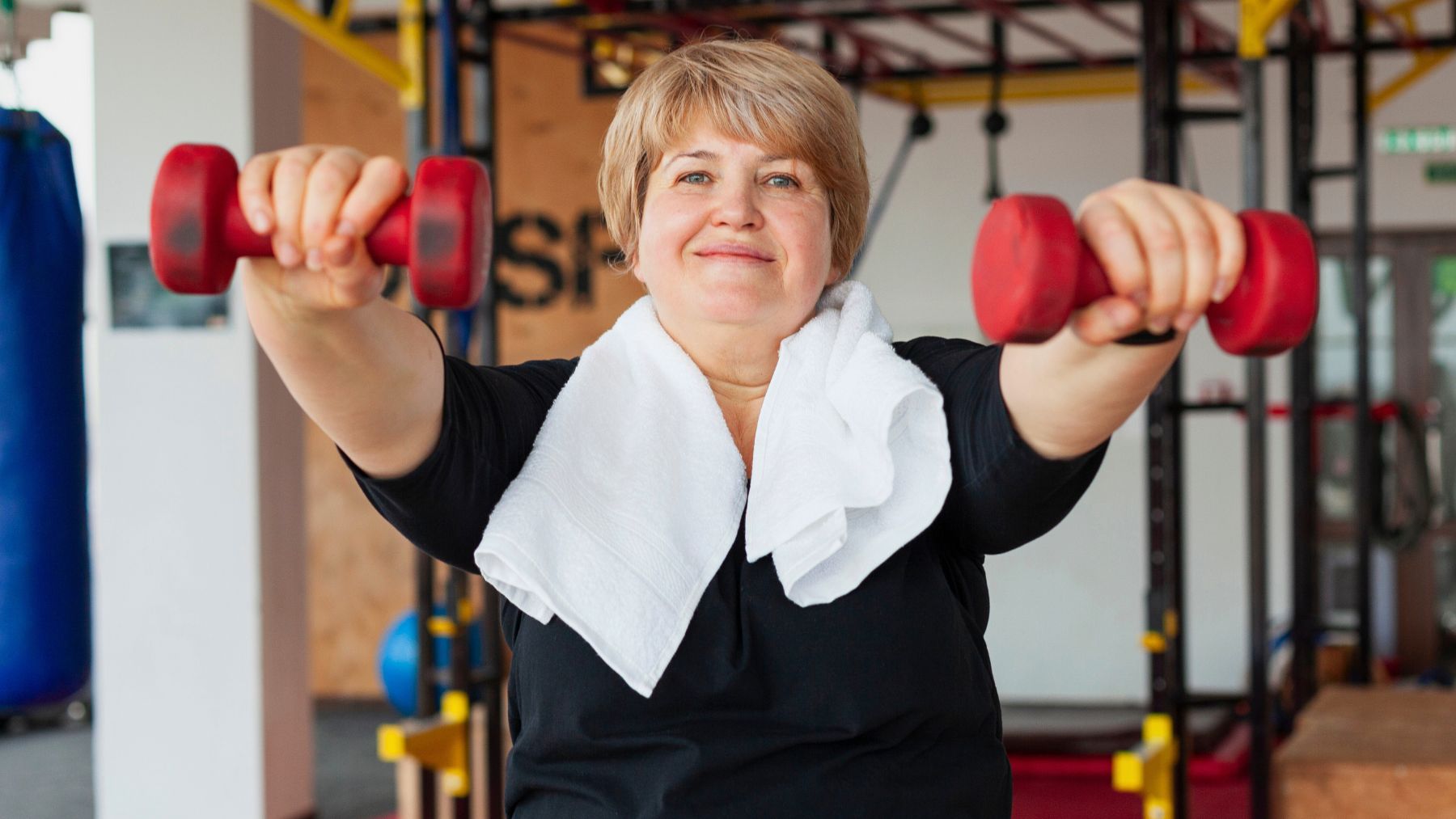Strength training can be one of the best ways for older adults to protect muscle mass, maintain balance, and stay independent. Lifting weights improves bone density, supports daily mobility, and lowers the risk of frailty as we age. But not every routine is safe, and a few common mistakes can make exercise more harmful than helpful.
According to experts in physical training for seniors, older adults can safely train with weights if they follow the right approach. In the following sections, we’ll look at the errors that often lead to injuries or setbacks, and how to avoid them to make weight training a safe and effective part of aging well. Let’s get started.
Common mistakes seniors should avoid when lifting weights
The most frequent problems come from skipping technique, pushing too hard, or underestimating the body’s need for recovery. Below are the key mistakes that experts say seniors should avoid when adding resistance exercises into their routine.
Starting without learning proper form
One of the biggest mistakes is jumping straight into lifting without practicing the movement first. Using weights with poor technique strains the joints and muscles. Experts recommend rehearsing the exercise without any load to make sure posture, balance, and motion are correct before adding resistance.
Training every day without rest
Muscles need time to recover and grow stronger. Working the same areas on consecutive days can increase the risk of fatigue and injury. That’s why it’s important to leave at least two days of rest between sessions, to help the body rebuild and prevent overtraining.
Using weights that are too heavy
Another common error is starting with dumbbells or resistance bands that are far beyond what the body can handle. Even half a kilogram can be challenging at first. If you cannot lift a weight comfortably six to eight times, it’s too much. Choosing a lighter option allows safe progress without straining tendons or joints.
Forgetting to breathe correctly
Holding your breath or exhaling at the wrong time can put unnecessary pressure on the heart and blood vessels. The safer method is to inhale when lowering the weight and exhale during the effort phase, such as lifting or pushing. Poor breathing technique is an overlooked mistake that can reduce the exercise benefits.
Skipping warm-up
Jumping into a session with cold muscles is risky at any age, but especially after 60. A short warm-up of walking, gentle stretches, or light mobility exercises prepares the joints and improves your circulation. Skipping this step makes injuries like muscle pulls more likely.
Staying safe and strong with weights after 65
Avoiding these mistakes allows you to make strength training safer and more effective. Resistance work is one of the best defenses against sarcopenia, helping you preserve muscle, stability, and energy for everyday activities like climbing stairs, carrying groceries, or getting up from a chair.
When done with good form, manageable weights, and enough rest, lifting can be safe and deeply beneficial after 60. The goal isn’t lifting heavy—it’s building consistency, protecting independence, and keeping your body strong for the long run.

